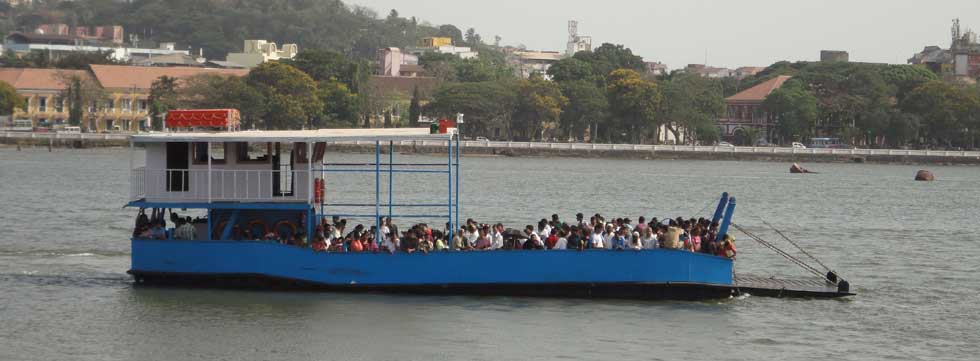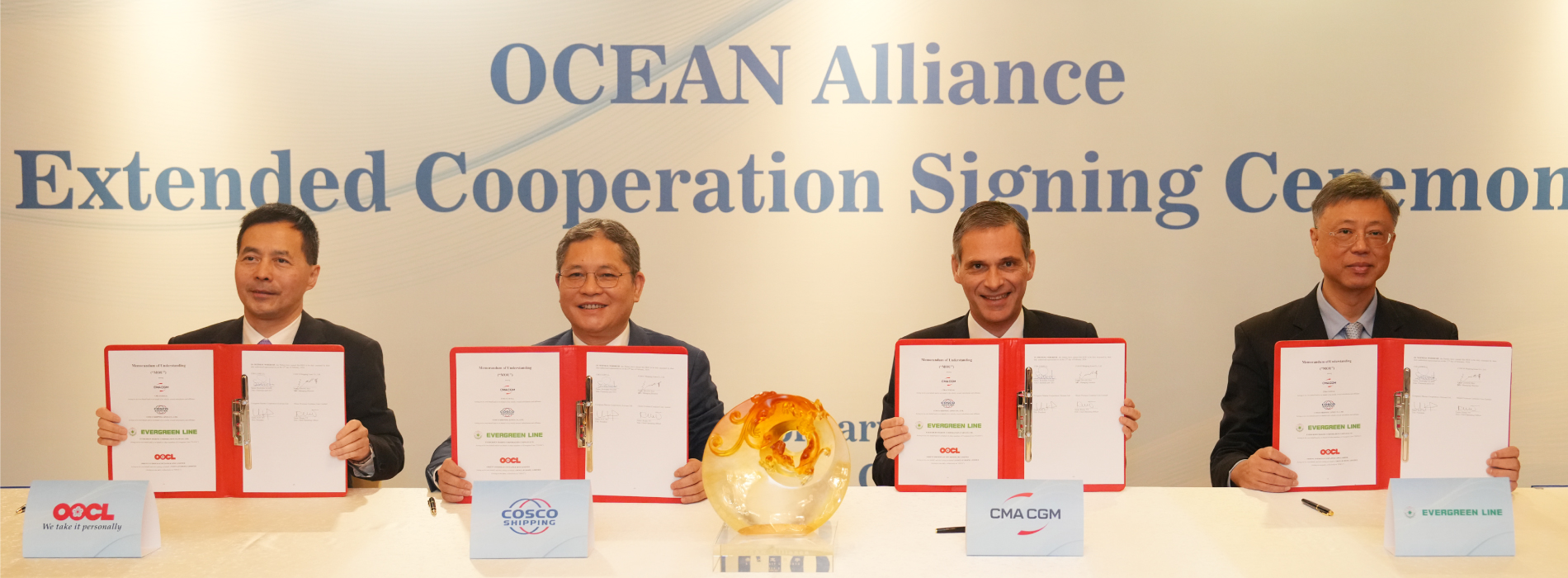Goa's seven 'national waterways' can save the State millions each year in fossil fuel costs and carbon credits

PANAJI: A World Bank study claims that one liter of fuel can move 105 tonne-km by inland water transport, against 85 tonne-km by rail and 24 tonne-km by road resulting in huge savings for the transportation sector.
Similarly, the carbon emission per tonne-km is 32-36 gm in the case of container vessels, against 51-91 gm for road transport vehicles, making cargo and container transportation by waterways far more economical and reducing the carbon footprint.
According to logistics and transportation experts, in the next 2-3 years, Goa desperately needs at least 20 new jetties, 10-12 solar or hybrid ferries, while opening up new waterway routes from North to South and East to West to manage traffic congestion on its roads and highways.
By 2030, Goa will need at least 30 new jetties, 25 solar or hybrid boats and a comprehensive waterway network across the length and breadth of the state to meet its transportation needs.
The seven rivers in Goa which have been declared as ‘national waterways’ by the Centre will play an important role in decongesting the road network, says logistics and transportation expert Sudhir Ganguli, a Director and HOD of Research with a premier Indian institute.
The Inland Waterways Authority of India (IWAI), has already started various development works in the State with the objective to facilitate growth of inland water transport.
One of the most urgent is the setting up of environment-friendly floating and fixed jetties which IWAI is working on with the Captain of Ports (CoP). The next is the procurement of alternate-fuel boats and ferries for cargo, container and passenger transportation.
According to Captain James Braganza CoP, Goa, “Once fully developed, inland waterways in the State will have the potential to reduce road traffic and congestion by at least 30-40 per cent, not to forget saving in time and the environmental impact.”
Braganza moots the use of only renewable green energy in inland waterway transport to ensure that the hinterland is not affected by fossil fuel pollution and aquatic and marine life in the waterways do not get affected by the noise caused by the diesel engines of barges, transport and passenger ferries.
“Developing Goan waterways is a five-year project and there are plans to set up a connectivity circuit across the five rivers of the state. Floating jetties are a part of the circuit and are being constructed in phases,” Braganza was quoted as saying by a local Goan newspaper.
According to the CoP, Goa’s first floating jetty at Panaji was commissioned in February this year.
Initial feasibility work is ongoing on three more floating jetties at Old-Goa, Chapora and Campal as part of Phase I of the development of inland waterways.
“Of the three jetties, construction work on the jetty in Old-Goa has already commenced and the project costing Rs 10 crore is funded by the Inland Waterways Authority of India (IWAI),” the CoP informed, elaborating on the development of the national waterways of Goa under several schemes and projects of the Centre, including the Sagarmala project, PM Gati Shakti project and the National Logistics Policy (NLP) scheme.

